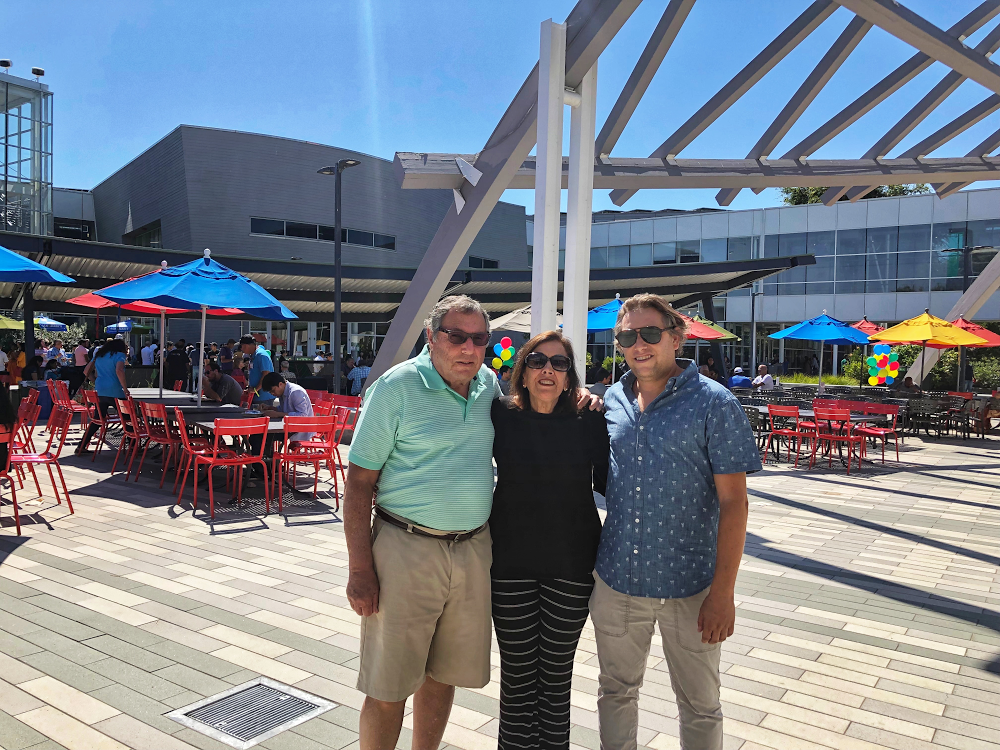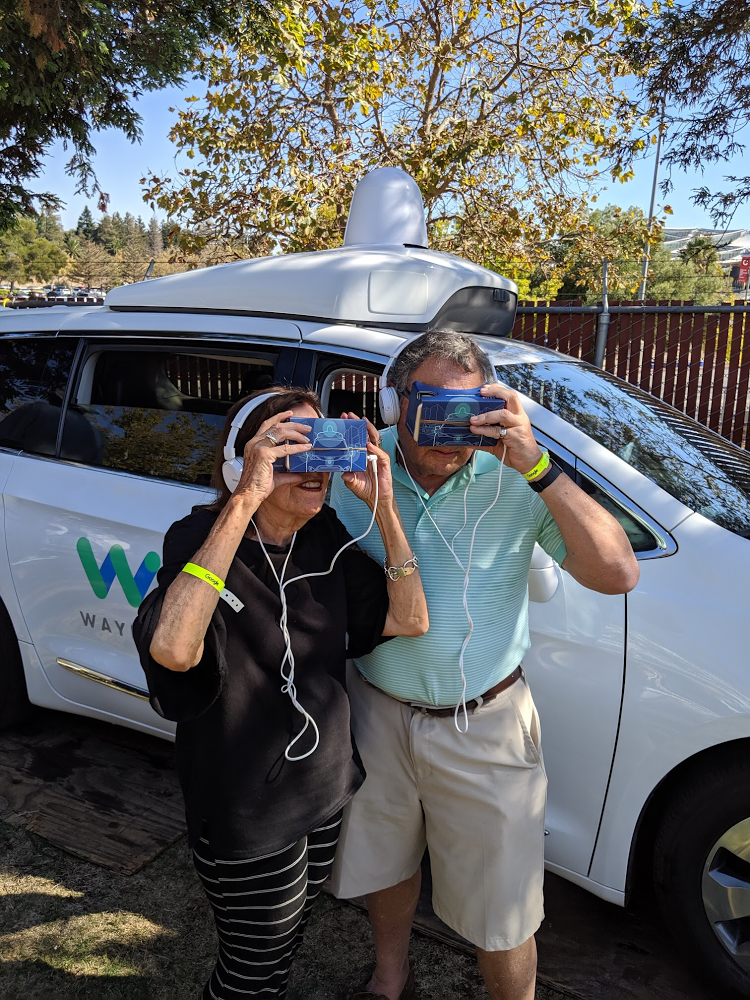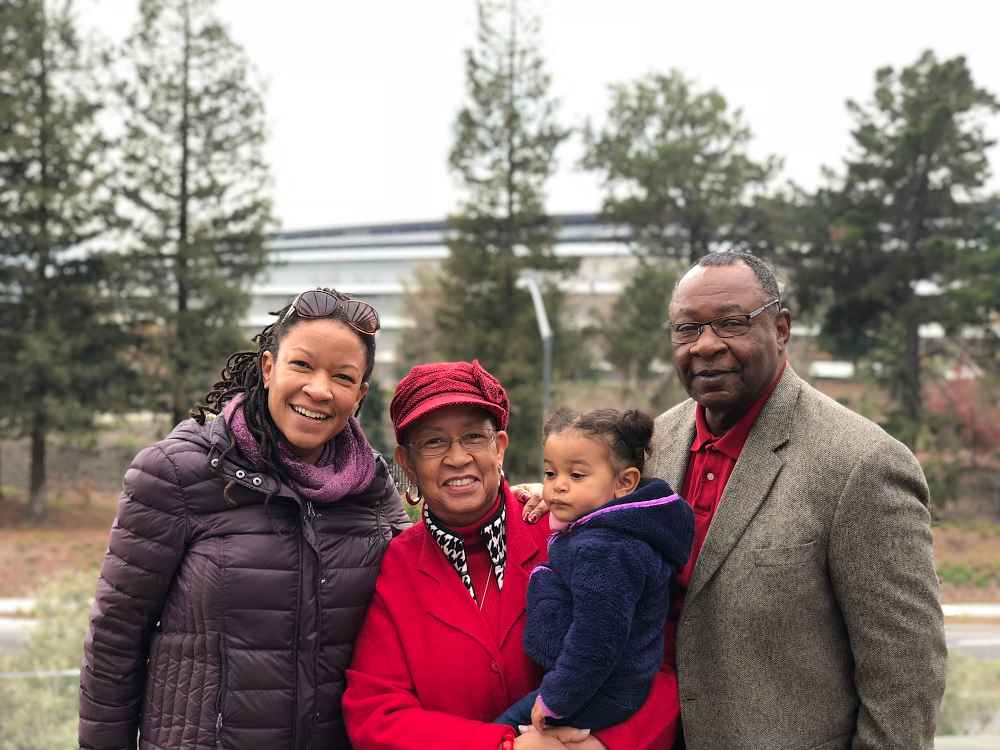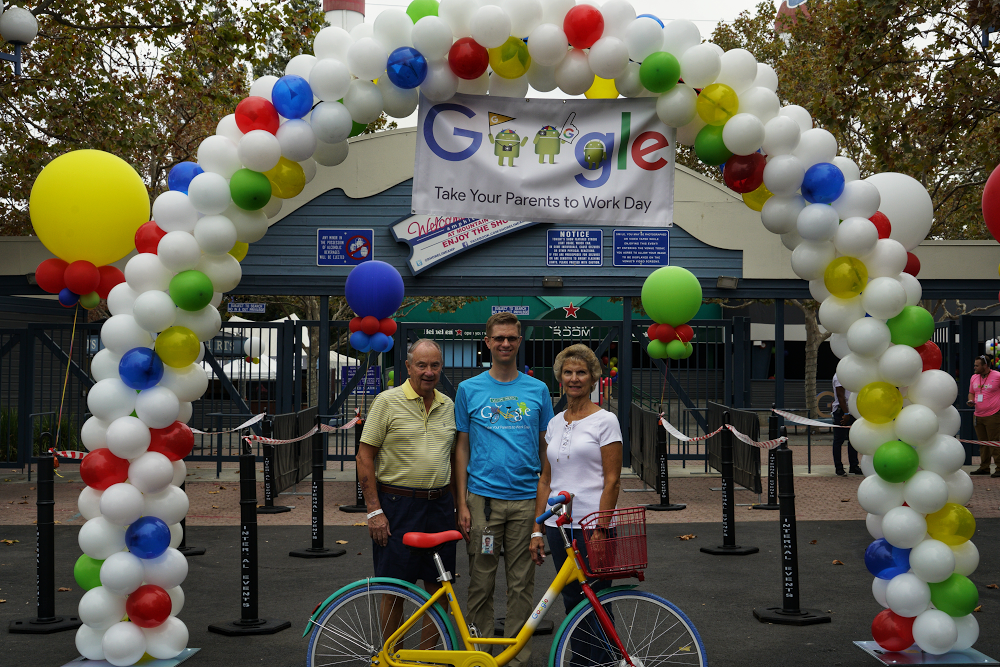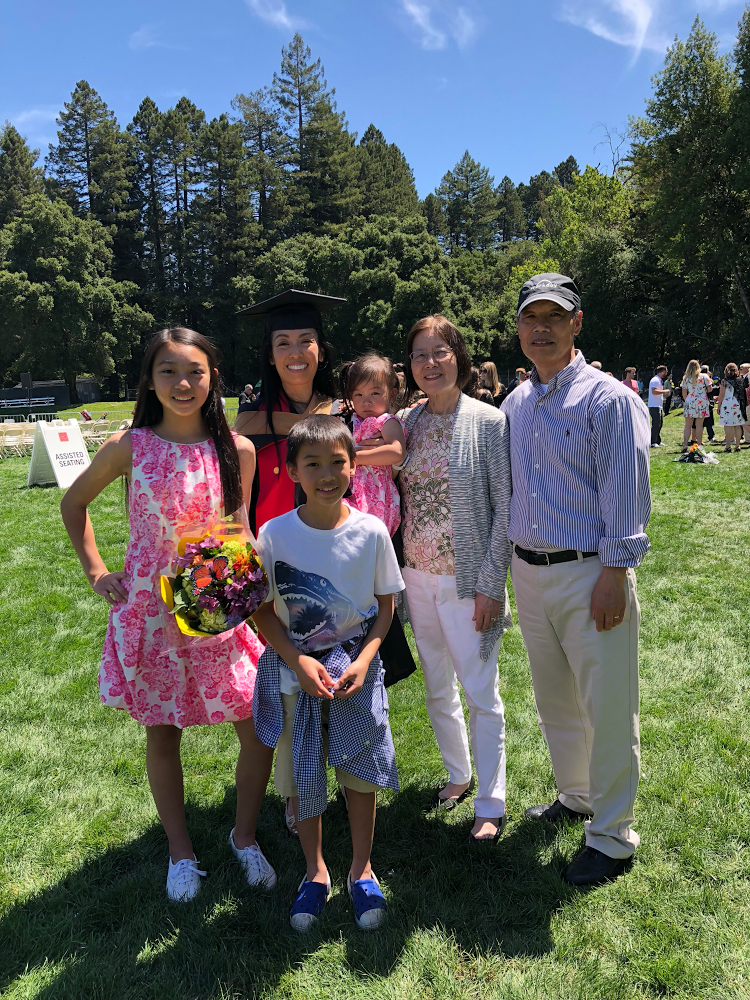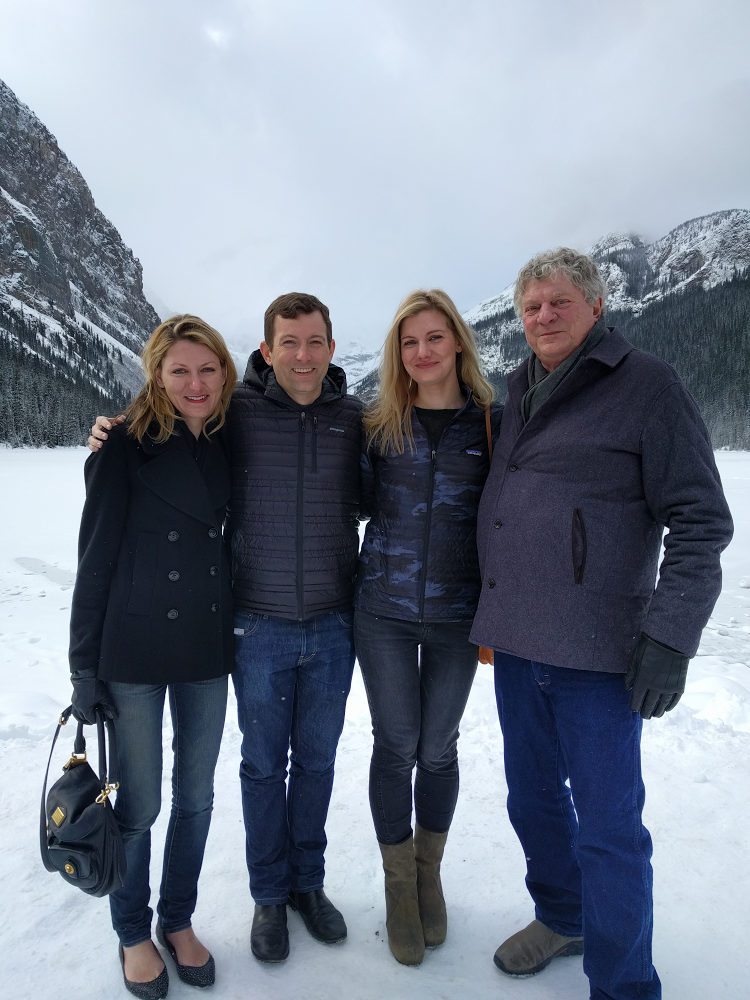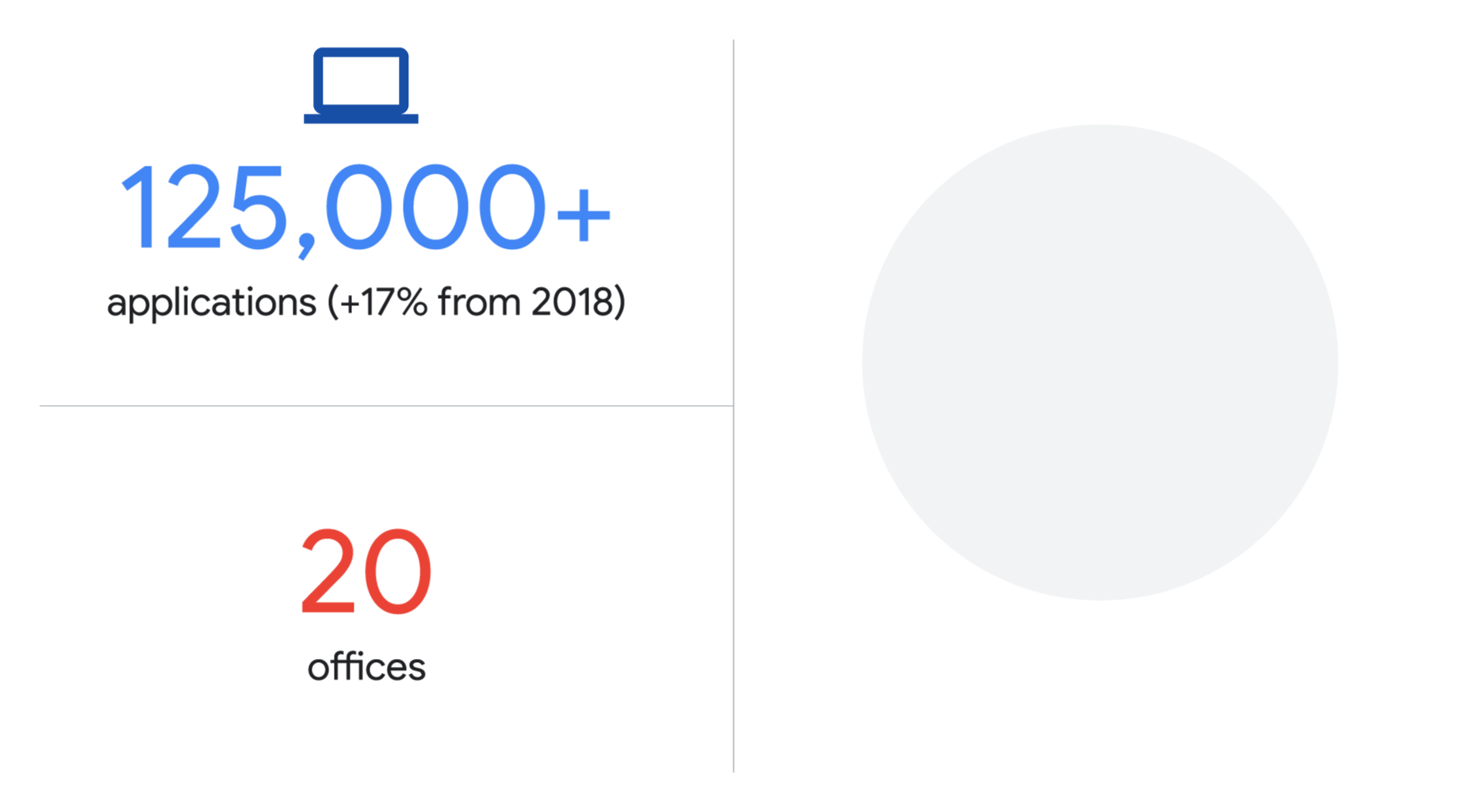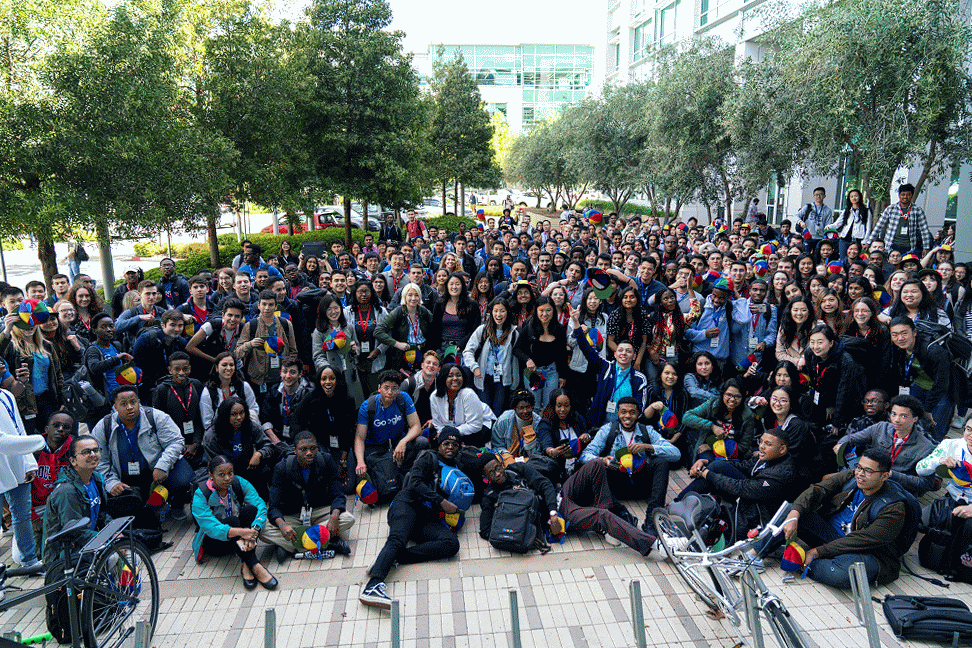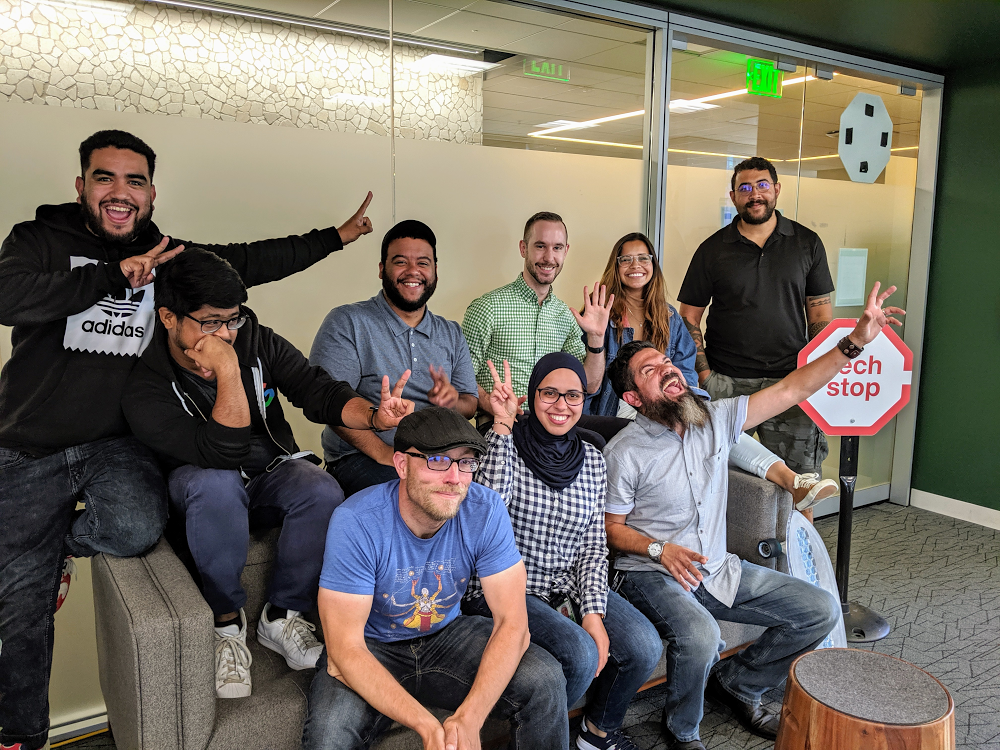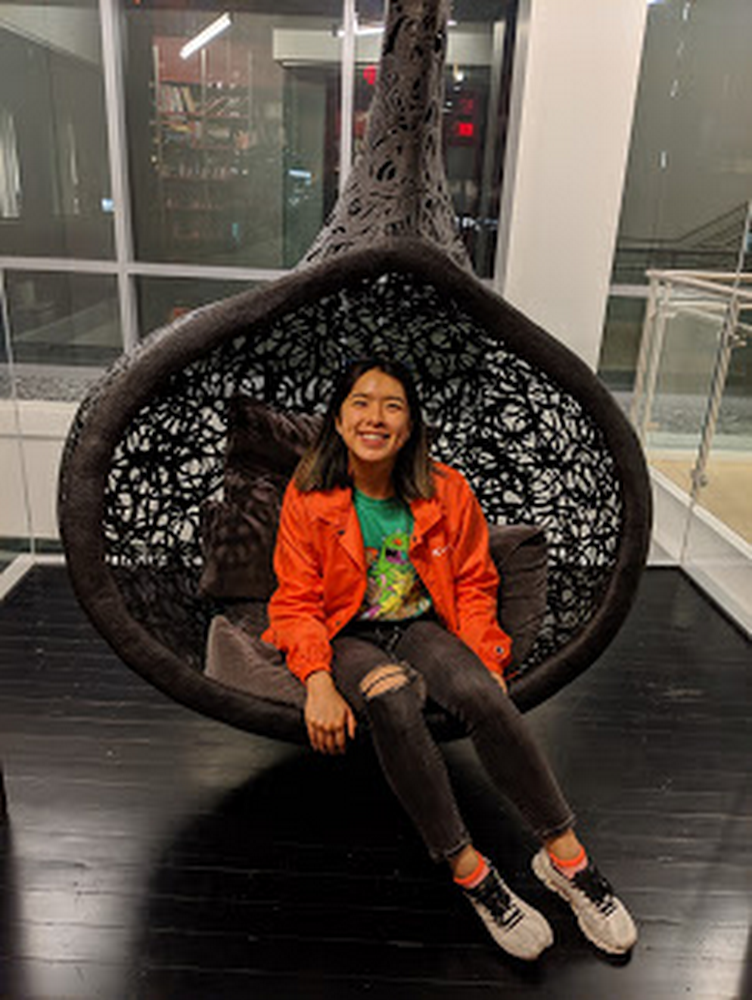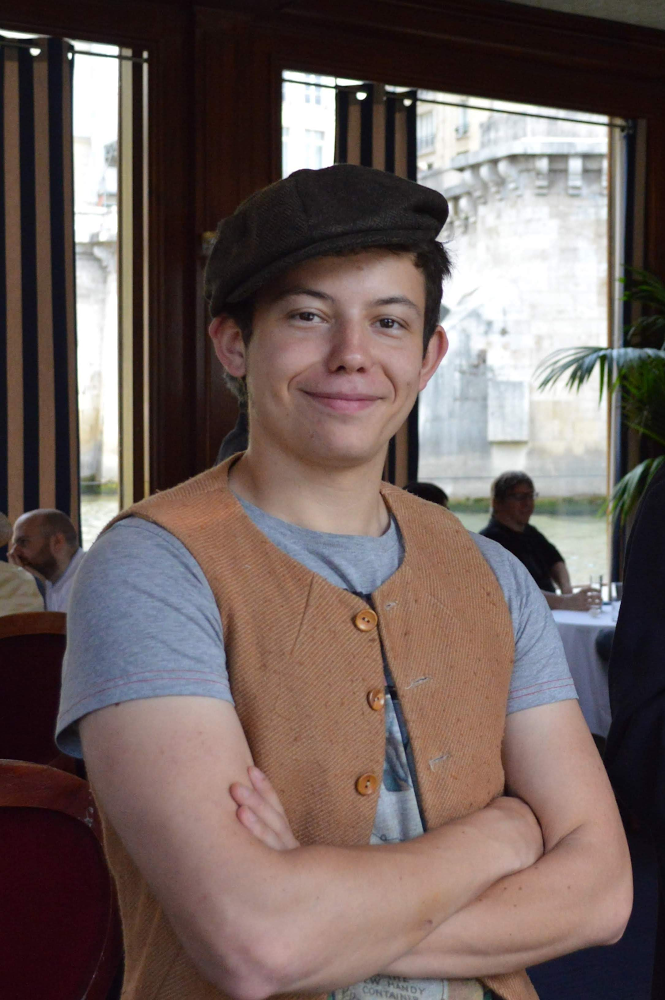Until I started working at Google in 2014, I had never been out at work.
Now, less than five years later, everything is different: I’m an active volunteer leader in Google’s LGBTQ+ Employee Resource Group—a Googler-run, company-supported organization that works to provide an inclusive workplace for LGBTQ+ employees, and partners closely with our Trans Employee Resource Group, which represents our transgender, gender non-conforming, and non-binary colleagues. As part of my role, I’ve had the chance to engage LGBTQ+ Googlers across our global offices, speak publicly about being LGBTQ+ in the workplace and have even been able to share my perspectives and experiences directly with Google leadership.
At this point, I can barely remember what it felt like to not be a visible, openly LGBTQ+ person at work. So it’s hard to imagine that before joining Google, I felt I couldn’t come out at the office at all.
As we celebrate National Coming Out Day and reflect on all of the progress we’ve made as a community, I am determined to remember this simple but crucial reality: Openness matters. Community matters. Being able to be out at work matters.
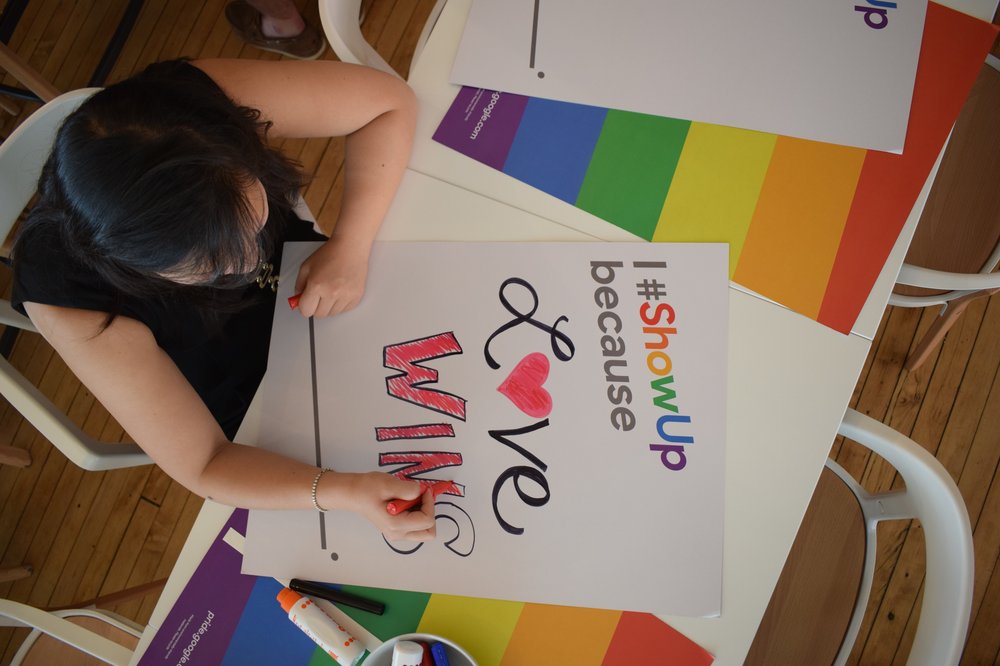
Googlers create signs supporting the LGBTQ+ community for the 2017 New York City Pride March.
Prior to joining Google, I’d spent time in a variety of industries, always under the careful, polite policy of evasion when it came to questions about my personal life. Perhaps I didn’t need to be so secretive. I worked with wonderful, kind people, and though there were no explicit shows of support for LGBTQ+ issues from my workplace, I’m sure most of my colleagues and managers wouldn’t have taken issue with my identity.
Still, for many LGBTQ+ folks, the fear of prejudice can nag at you, and cause you to hesitate even around the most well-meaning of coworkers. Some assume that with the ushering in of marriage equality here in the U.S., other kinds of inequality have disappeared and the movement is complete. But as many LGBTQ+-identifying people will tell you, critical challenges still remain, and it takes a conscious and dedicated effort to counteract their effects.
Growing up in New Mexico, I got an early introduction to some of the challenges that LGBTQ+ people still so often face: harassment, discrimination, violence. The understanding that being LGBTQ+ was unsafe was imprinted on me almost immediately, and that fear left a lasting mark.
In each new city, from college to a job to graduate school to another job, I was reminded (often in not-so-subtle ways) that no matter what might change in the law or in popular culture, I should always be wary, always be careful.
So I never took the chance.
In so many important ways, restraining from bringing my full self to work hurt my ability to be a good employee. Constantly worrying about slipping up and revealing that I had a girlfriend rather than a boyfriend prevented me from feeling fully integrated. It became an obstacle to forming the kinds of professional relationships that help company culture feel cohesive and supportive.
Now, I realize how much I was missing. Today, I’m part of a workplace with visible LGBTQ+ leaders, explicit shows of support for LGBTQ+ cultural moments and celebrations and broad encouragement to use what makes me different to create an environment of inclusion for my fellow Googlers. This journey has made me realize how much all workplaces can benefit from supporting their employees’ differences, just as much as they celebrate their collective unity.
I’m proud. I hope you are, too.

